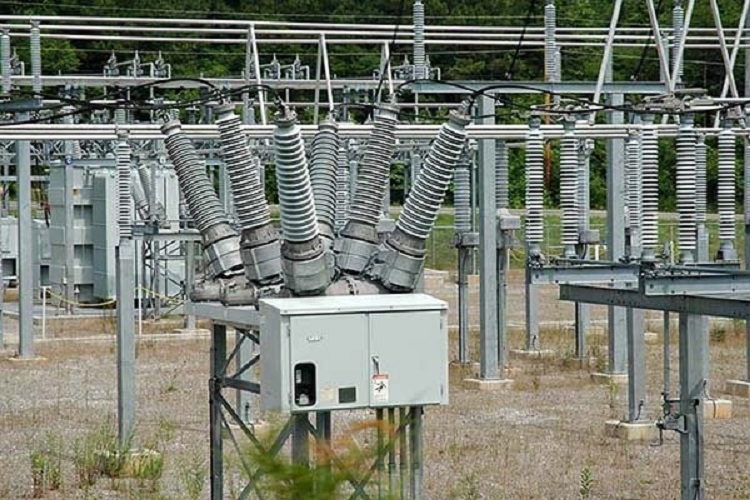
What is the Spring Operating Mechanism for High and Medium Voltage Circuit Breakers?
The spring operating mechanism is a crucial component in high and medium-voltage circuit breakers. This mechanism employs the elastic potential energy stored in the spring to initiate the opening and closing operations in a circuit breaker. The spring is charged using a motor and when the circuit breaker operates, the energy stored in the spring is released to actuate the moving contacts of the breaker.
1. The spring operating mechanism uses elastic potential energy stored in the spring.
2. It initiates the opening and closing operations in a circuit breaker.
3. The spring is charged using a motor and releases its stored energy to actuate the moving contacts when the circuit breaker operates.
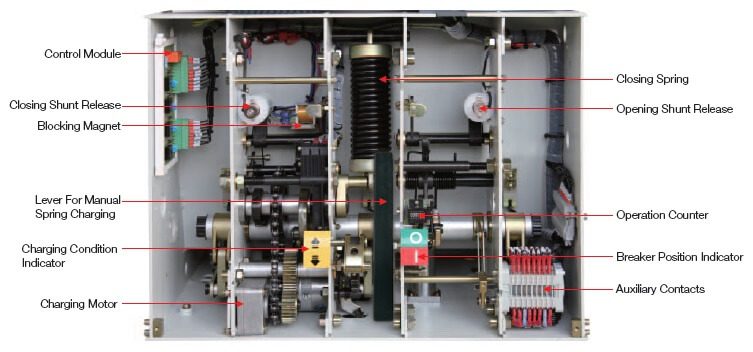
Spring operating mechanism for medium voltage vacuum circuit breaker
How Does a Hydraulic Operating Mechanism Work in High Voltage Circuit Breakers?
The hydraulic operating mechanism in a high-voltage circuit breaker serves to open or close the circuit breaker contacts. This mechanism uses the principles of hydraulic dynamics to control the circuit breaker’s operation. When the circuit breaker is required to operate, hydraulic pressure is released, causing the breaker contacts to open or close as needed. The hydraulic system’s fluidity and resistance to compression make it ideal for managing the rapid and powerful movements necessary in high-voltage circuit breaker operations.
1. The hydraulic operating mechanism uses the principles of hydraulic dynamics to control the operation of a circuit breaker.
2. When the circuit breaker needs to operate, hydraulic pressure is released to open or close the breaker contacts.
3. The fluidity and resistance to compression of the hydraulic system make it ideal for managing rapid and powerful movements in high-voltage circuit breaker operations.
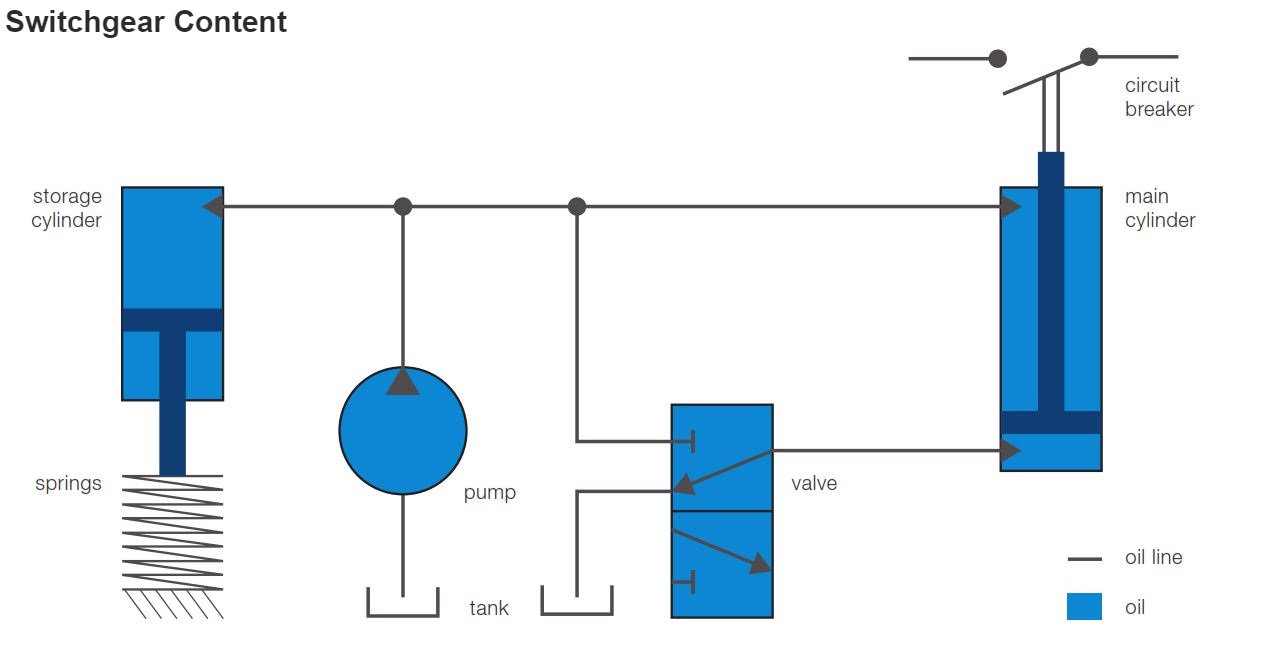
Hydraulic Operating Mechanism principle in high voltage circuit breaker
What Role Does a Motor Drive Operating Mechanism Play in High Voltage Circuit Breakers?
In high-voltage circuit breakers, a motor drive operating mechanism is often used to control the operation of the breaker. This mechanism uses an electric motor to charge a spring or directly drive the breaker’s moving parts. The motor rotates, either winding the spring or moving the breaker’s parts directly, to open or close the circuit. This mechanism provides a high level of control and precision, necessary for managing the high voltages involved.
1. The motor drive operating mechanism uses an electric motor to control the operation of the breaker.
2. The motor either winds a spring or moves the breaker’s parts directly to open or close the circuit.
3. This mechanism provides a high level of control and precision, necessary for managing high voltages.

Motor Drive Operating Mechanism for HV cb / Hitachi Energy
Can You Explain the Magnetic Operating Mechanism in Medium Voltage Circuit Breakers?
The magnetic operating mechanism in medium voltage circuit breakers utilizes the force generated by magnetic fields to operate the breaker. This mechanism involves a solenoid, which is a coil of wire that generates a magnetic field when an electric current passes through it. When the current is applied, the magnetic field pulls the circuit breaker’s contacts apart, interrupting the circuit. This mechanism is highly dependable and provides rapid actuation, making it especially suitable for medium-voltage applications.
1. The magnetic operating mechanism uses the force generated by magnetic fields to operate the breaker.
2. A solenoid, a coil of wire that generates a magnetic field when an electric current passes through it, is involved in this mechanism.
3. When current is applied, the magnetic field pulls the circuit breaker’s contacts apart, providing rapid actuation suitable for medium voltage applications.
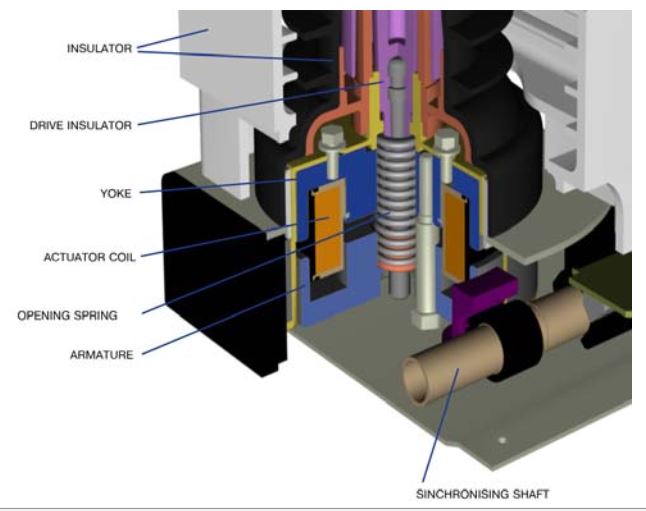
Magnetic Operating Mechanism in Medium Voltage Circuit Breaker/ Tavrida Company
How Does the Choice of Operating Mechanism Impact the Performance of Circuit Breakers?
The choice of operating mechanism can significantly impact the performance of circuit breakers. Each type of mechanism—spring, hydraulic, motor drive, and magnetic—has its unique advantages and suitability for different voltage levels and applications.
For instance, a spring operating mechanism is widely used for its simplicity and reliability, while a hydraulic mechanism can offer precise control for high-voltage applications. A motor drive mechanism provides high precision and control, while a magnetic mechanism is highly dependable and provides rapid actuation. Ultimately, the choice depends on the specific requirements of the application.
1. The choice of operating mechanism can significantly impact the performance of circuit breakers.
2. Each type of mechanism—spring, hydraulic, motor drive, and magnetic—has its unique advantages and is suitable for different voltage levels and applications.
3. The choice depends on the specific requirements of the application.
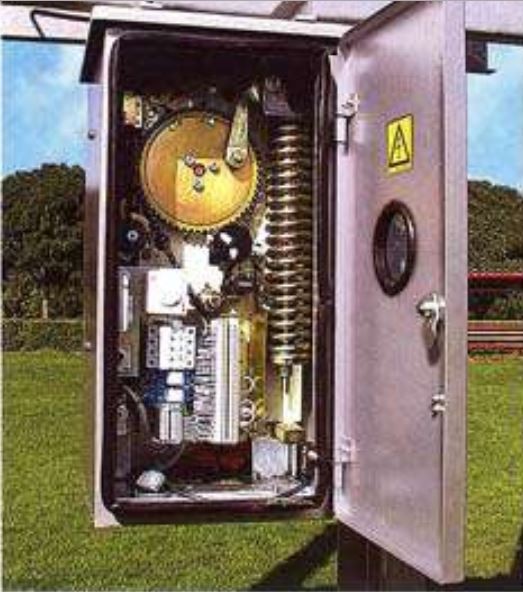
Spring operating mechanism for high voltage circuit breaker
What are the Future Trends in Circuit Breaker Operating Mechanisms?
As technology advances, we can expect to see innovations and trends shaping the future of circuit breaker operating mechanisms. Developments in materials science could lead to more efficient and resilient springs for spring operating mechanisms. Advances in hydraulic technology could result in more precise and reliable hydraulic operating mechanisms. Electric motor technology could lead to more compact and energy-efficient motor drive mechanisms. Finally, magnetic technology could be enhanced to provide even faster and more reliable magnetic operating mechanisms.
1. Advancements in technology are expected to shape the future of circuit breaker operating mechanisms.
2. Developments in materials science, hydraulic technology, electric motor technology, and magnetic technology could lead to improvements in all types of operating mechanisms.
3. These technological advancements could lead to more efficient, reliable, and compact operating mechanisms for circuit breakers.
What are the Maintenance Requirements for Different Circuit Breaker Operating Mechanisms?
The maintenance requirements for circuit breaker operating mechanisms depend on the type of mechanism. Spring operating mechanisms typically require periodic inspection and lubrication to ensure the spring’s functionality. Hydraulic operating mechanisms may need regular checks for leaks and the hydraulic fluid’s condition. Motor drive mechanisms generally need the motor’s condition and electrical connections to be examined regularly. Magnetic operating mechanisms usually require minimal maintenance, but the solenoid’s condition and the electrical connections should still be checked periodically.
1. Maintenance requirements for circuit breaker operating mechanisms depend on the type of mechanism.
2. Spring and hydraulic operating mechanisms require regular inspection and maintenance, while motor drive mechanisms need regular checks of the motor and electrical connections.
3. Magnetic operating mechanisms usually require minimal maintenance but still need periodic checks of the solenoid and electrical connections.
How Does the Operating Mechanism Affect the Cost of a Circuit Breaker?
The type of operating mechanism impacts the cost of a circuit breaker. Spring operating mechanisms, due to their simplicity, tend to be less expensive. Hydraulic, motor drive and magnetic mechanisms are more complex and thus often costlier. However, the choice of operating mechanism should not be based solely on cost but also on the specific requirements of the application, such as voltage levels, load conditions, and the environment where the breaker will be installed.
1. The type of operating mechanism impacts the cost of a circuit breaker.
2. Spring operating mechanisms tend to be less expensive due to their simplicity, while hydraulic, motor drive, and magnetic mechanisms are often costlier.
3. The choice of operating mechanism should be based on the specific requirements of the application, not solely on cost.
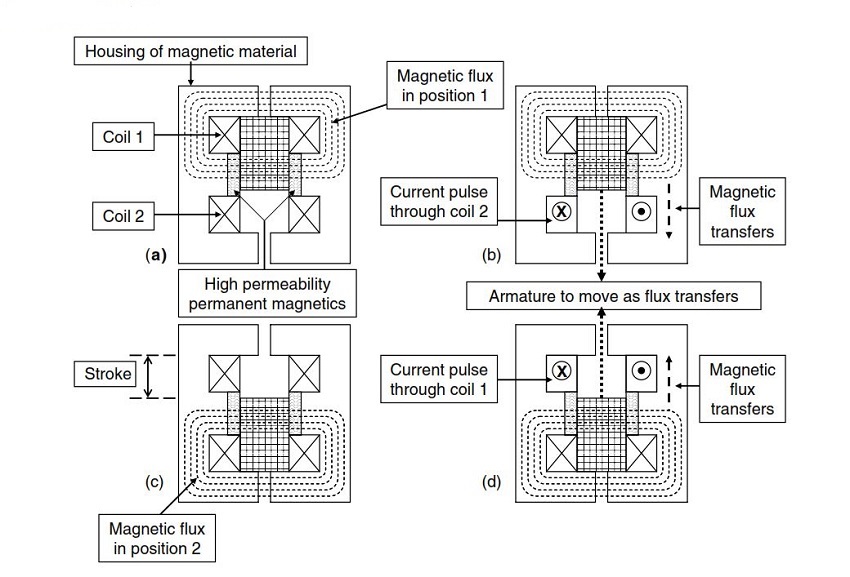
What are the Environmental Implications of Different Circuit Breaker Operating Mechanisms?
Different operating mechanisms have varying environmental implications. Spring operating mechanisms, for example, have minimal environmental impact as they primarily use mechanical energy. Hydraulic systems, on the other hand, may pose environmental risks if hydraulic fluid leaks occur. Motor drive mechanisms consume electrical energy, contributing to energy usage. Magnetic mechanisms are generally environmentally friendly, but the energy consumption for creating the magnetic field should be considered.
1. Different operating mechanisms have varying environmental implications.
2. Hydraulic systems may pose environmental risks if leaks occur, and motor drive mechanisms contribute to energy usage.
3. Magnetic mechanisms are generally environmentally friendly, but the energy consumption for creating the magnetic field should be considered.



